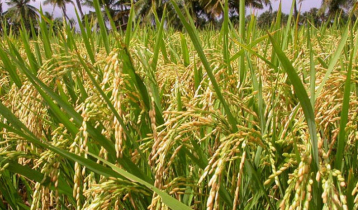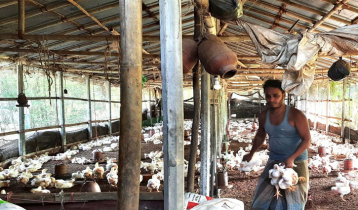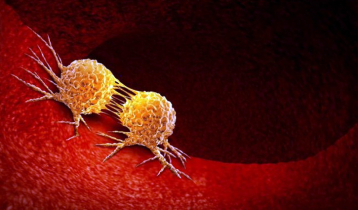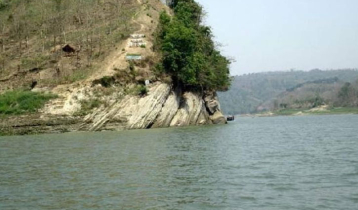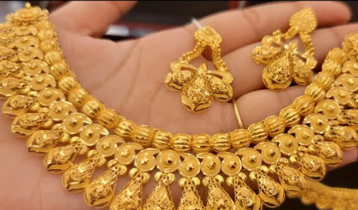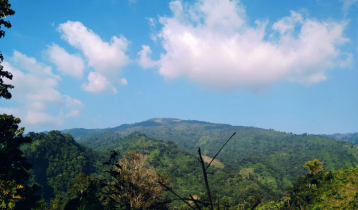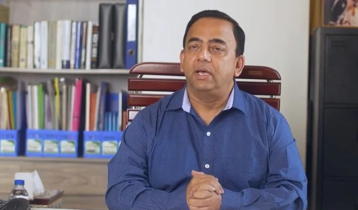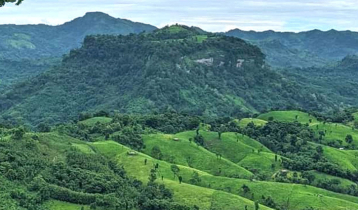Invasive snakes threaten island forests
5 || risingbd.com
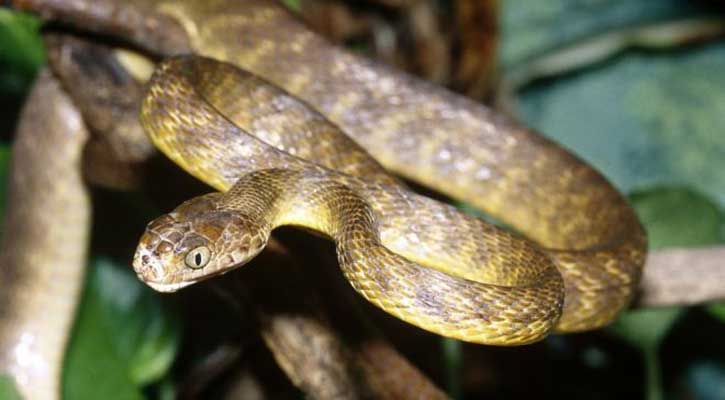
Brown tree snakes
Risingbd Desk: Brown tree snakes, which have wreaked havoc among bird populations on the Pacific island of Guam, may also be damaging the forests.
Scientists say that the slithery invaders' dietary habits are preventing the spread of tree seeds by birds.
Researchers say the growth of new trees on the island may have fallen by up to 92%.
These losses may have grave, long-term consequences for forests and other species.
These dull brown creatures with their bright yellow underbellies are believed to have arrived in the western Pacific island by cargo ship after World War II.
Although only 50km long and 10km wide, Guam is now home to around two million of these nocturnal predators.
The snakes have thrived on a diet of local bird species. By the 1980s they had wiped out 10 of the 12 forest bird species native to Guam.
"It's a really eerie feeling to spend a day by yourself in the jungle on Guam," said study lead author Prof Haldre Rogers, from Iowa State University.
"When you're on Saipan, there's this constant bird chatter, and you get visited by different birds. On Guam, it's silent."
As well as the silent destruction of the bird population, researchers are now concerned that the tree snake's rise will significantly impact the island's forests.
Prof Rogers and colleagues found that about 70% of the trees on Guam produce small fruit. Normally birds eat the fruit and distribute the seeds in their droppings.
"Aside from fruit bats, which are also nearly extinct on Guam, nothing else can disperse seeds," Prof Rogers said.
"If you get rid of the birds and bats, there's nothing to replace them."
The scientists also set up "seed baskets" under two common tree species on Guam to estimate how much of the fruit was naturally dispersed. Only 10% of the seeds made it out of the immediate vicinity of the trees.
The researchers also concluded that seeds that had passed through the digestive tracts of birds were two to four times more likely to germinate than those that hadn't.
The team calculated that the absence of the birds reduced the abundance of new seedlings of two tree species on Guam by between 61% and 92%.
"This study takes the first step in predicting the scale of change that could take place on Guam if we can't find a way to bring birds back," says Joshua Tewksbury, a co-author of the study from Future Earth, an international research platform.
"The full impact of the brown tree snake invasion, and the loss of birds, is still unfolding, but our results clearly suggest that the indirect effects are going to be large, potentially affecting forest composition and structure."
BBC
risingbd/DHAKA/Mar 8, 2017/Amirul
risingbd.com

